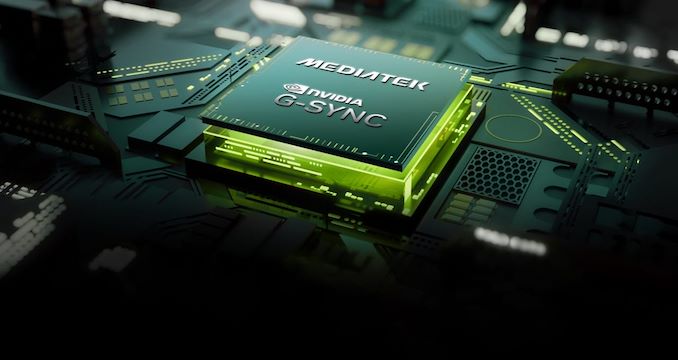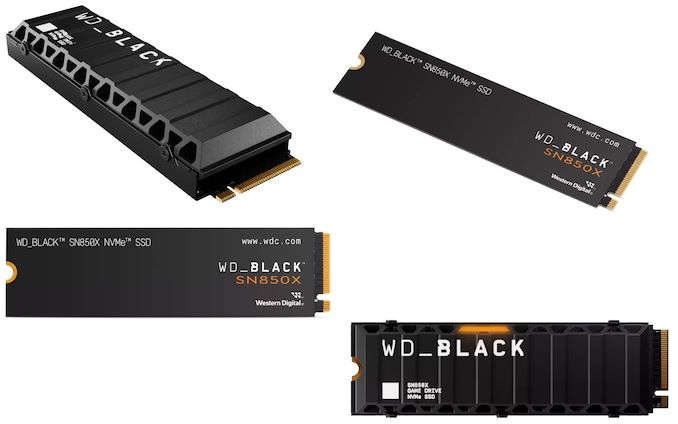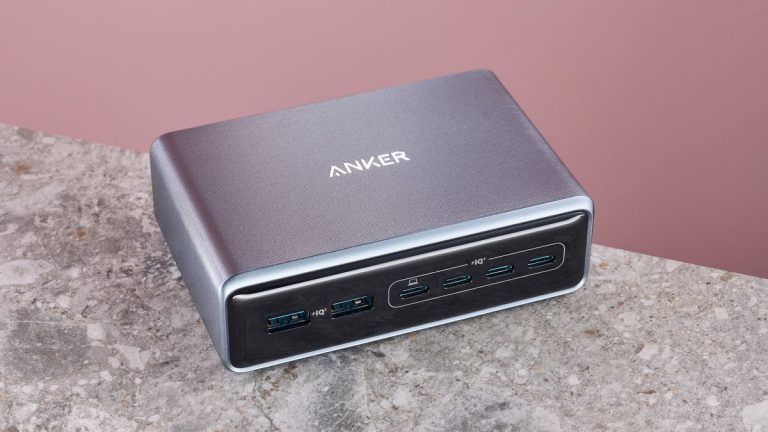Mediatek Brings NVIDIA G-Sync Technology to Monitor Scalers, Boosting Access to G-Sync Displays

NVIDIA just dropped a major update: they’re teaming up with MediaTek to integrate their G-Sync tech into future monitors, eliminating the need for a separate G-Sync module. This means that advanced gaming features will become more accessible across a broader range of displays.
Traditionally, G-Sync relied on a dedicated module based on Altera FPGA to sync display refresh rates with the GPU, reducing screen tearing and stutter. A few years back, NVIDIA introduced the G-Sync Compatible program, which used industry-standard VESA AdaptiveSync for variable refresh rates. It was a cheaper solution, but still required a special module for top-tier features.
NVIDIA’s new partnership with MediaTek changes the game, though. The company is bringing all of their G-Sync technologies, including the latest Pulsar, directly into MediaTek’s scalers. Pulsar enhances motion clarity, reduces ghosting, and provides a silky-smooth gaming experience. On top of that, MediaTek’s G-Sync displays will support variable refresh rates, overdrive, 12-bit color, Ultra Low Motion Blur, low latency HDR, and Reflex Analyzer – all without the need for an expensive FPGA.
The first monitors to debut with full G-Sync support include the AOC Agon Pro AG276QSG2, Acer Predator XB273U F5, and ASUS ROG Swift 360Hz PG27AQNR, which sport 360Hz refresh rates, 1440p resolution, and HDR. It’s unclear which specific MediaTek scalers will get the G-Sync upgrade or if the company plans to integrate support into all their scalers moving forward. We’re also still waiting to see if dedicated G-Sync modules offer any advantages over displays with MediaTek’s tech.






